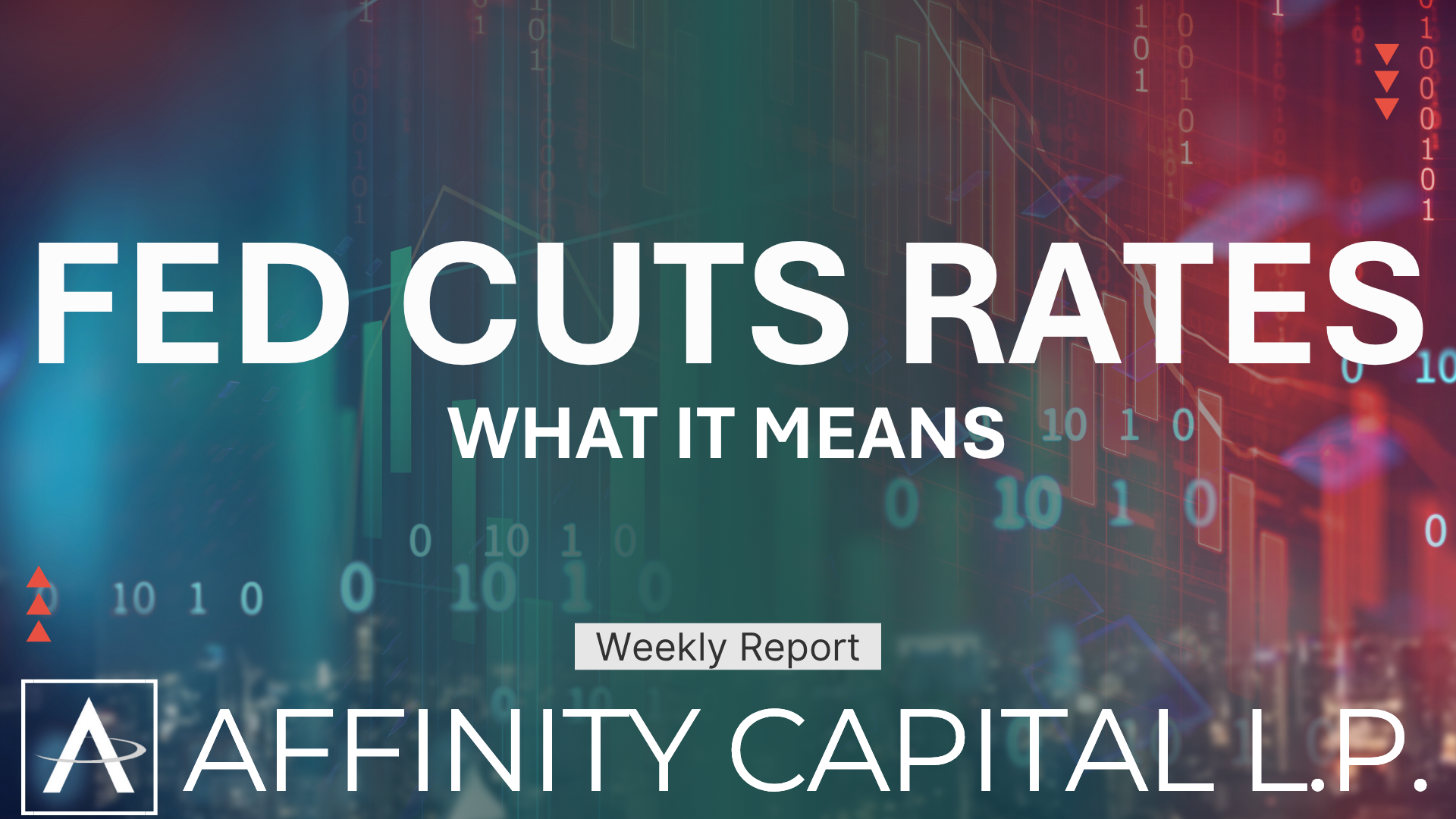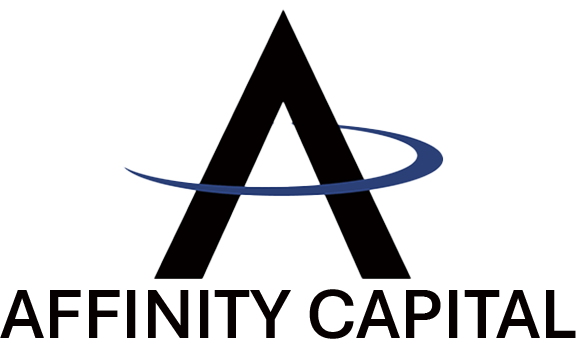Fed Moves and Market Trends

Markets entered the week with a boost of optimism, fueled by softer labor data and growing chatter that the Federal Reserve might be leaning toward a rate cut this fall. But that optimism didn’t last long . As the week unfolded, economic uncertainty returned to center stage: fresh concerns about tariffs, underwhelming corporate earnings in some sectors, and signs of consumer fatigue in key parts of the economy tempered the early enthusiasm.
Economic Signals Are Sending Mixed Messages
The jobs data released early in the week showed signs of cooling—something the Fed has been watching closely. Slower job growth may point to a softening economy, but it also raises hopes for interest rate relief. Markets responded with volatility, swinging between “risk-on” rallies and cautious pullbacks.
Meanwhile, trade policy headlines reemerged, reminding us that global markets remain vulnerable to tariff shifts and cross-border tensions. New announcements on trade duties, particularly around key manufacturing inputs and pharmaceuticals, sparked concern about rising costs and long-term competitiveness.
Earnings Season: A Tale of Two Economies
We’re deep into earnings season, and if there’s one clear takeaway, it’s this:
not all companies are experiencing the same economy.
While some sectors—especially those tied to technology and AI—continue to show strength, others are contending with
inflation, wage pressures, and changing consumer behaviors.
Retail and travel companies are reporting signs of a more selective consumer . Households aren’t necessarily pulling back, but they’re more discerning about where and how they spend. That shift may be a leading indicator of broader economic trends.
What’s Next for Markets?
With inflation still above target and the Fed’s next move uncertain , markets may remain range-bound in the near term.
Investor attention is shifting toward the next inflation report and the Fed’s September meeting—both of which could shape sentiment for the rest of the year.
We’re also seeing cracks in market breadth , as fewer stocks participate in rallies and defensive sectors attract attention. This is an environment that rewards long-term thinking and disciplined portfolio strategy.
A Final Word
Amid headlines, volatility, and speculation, it’s easy to feel overwhelmed. But most investors are asking the right question: “What does all this really mean for me?”
The answer depends on your goals, your timeline, and your financial plan. Markets will always fluctuate—but with clarity, structure, and the right support, you can navigate uncertainty with confidence.
As always, we welcome your questions and are here to support you. At the heart of everything we do is our commitment to Wealth Management for Life —providing enduring guidance for you and your family’s financial success.



